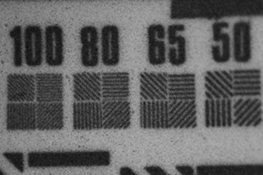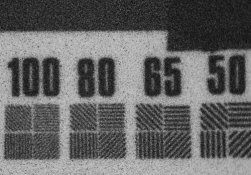I agree with Ron. These results are technical and can usually be measured. Unless it's measured it's subjective and fairly useless for anybody else.
I do feel that people put too much energy and thought into film developers. Pick one and work with it. By varying your technique, evaluating your results, and above all - printing your negatives often, you learn a lot.
The other week I shot two rolls of Kodak TMY (the old kind) using a 35mm camera. I processed one roll in Rodinal and the other in Xtol. According to what everybody claims they observe with these two developers, the difference in grain should be huge. In reality, in the resulting 11x14 prints, the difference (to my eyes) is really negligible. Sharpness was very similar too. I used a Rodenstock Rodagon enlarging lens, which is an OK lens, so no sub-par equipment either.
What I'm getting at is that if you're truly interested in resolution, sharpness, grain, acutance and all that, at least make an evaluation based on how it makes a difference for you in practical terms before you take it too far. I found, by comparing prints of the normal size I make them, that I don't really care whether I get the look of the Rodinal or the look of Xtol. As an artist the difference between them is not even close to feeling important, that's how subtle the difference is. It may be different for you, but it's worthwhile comparing prints before you get overly concerned with which film developer you use.
- Thomas












